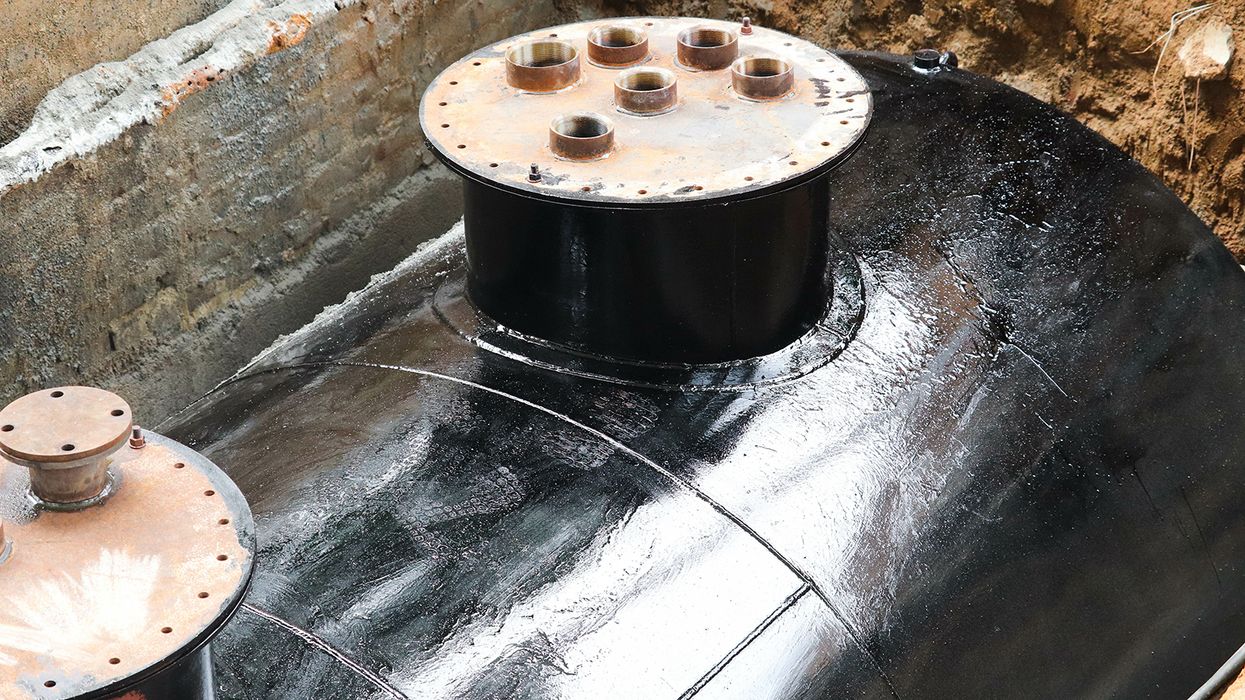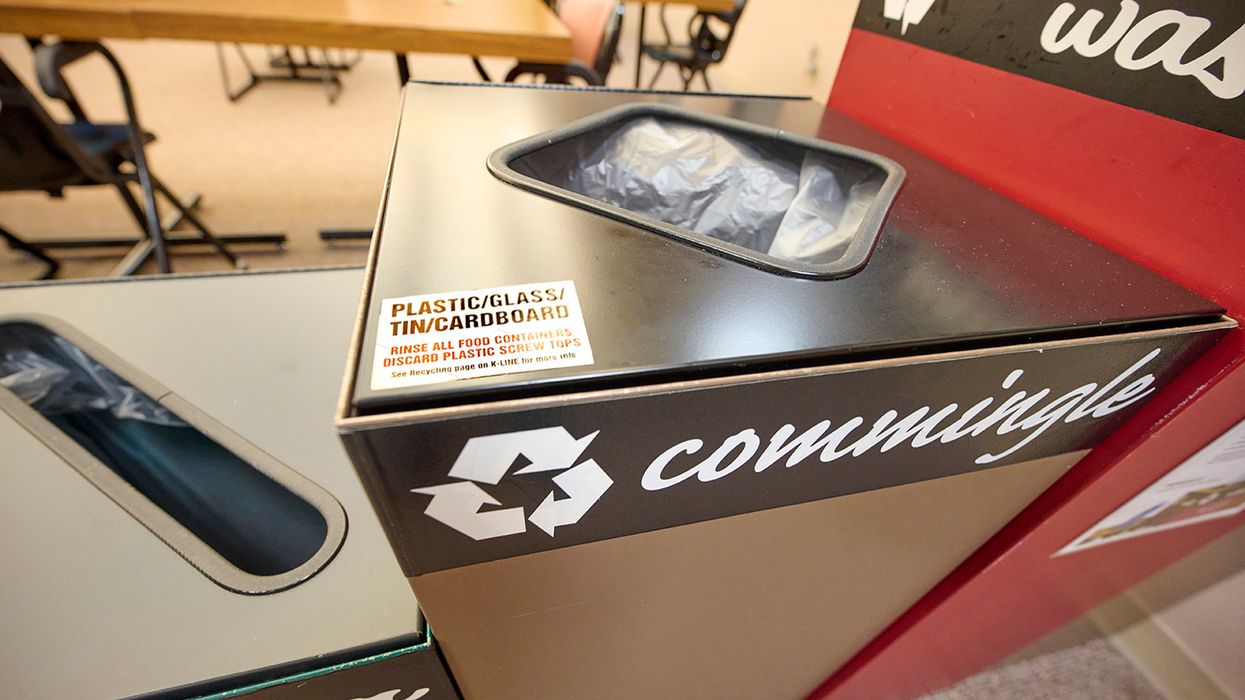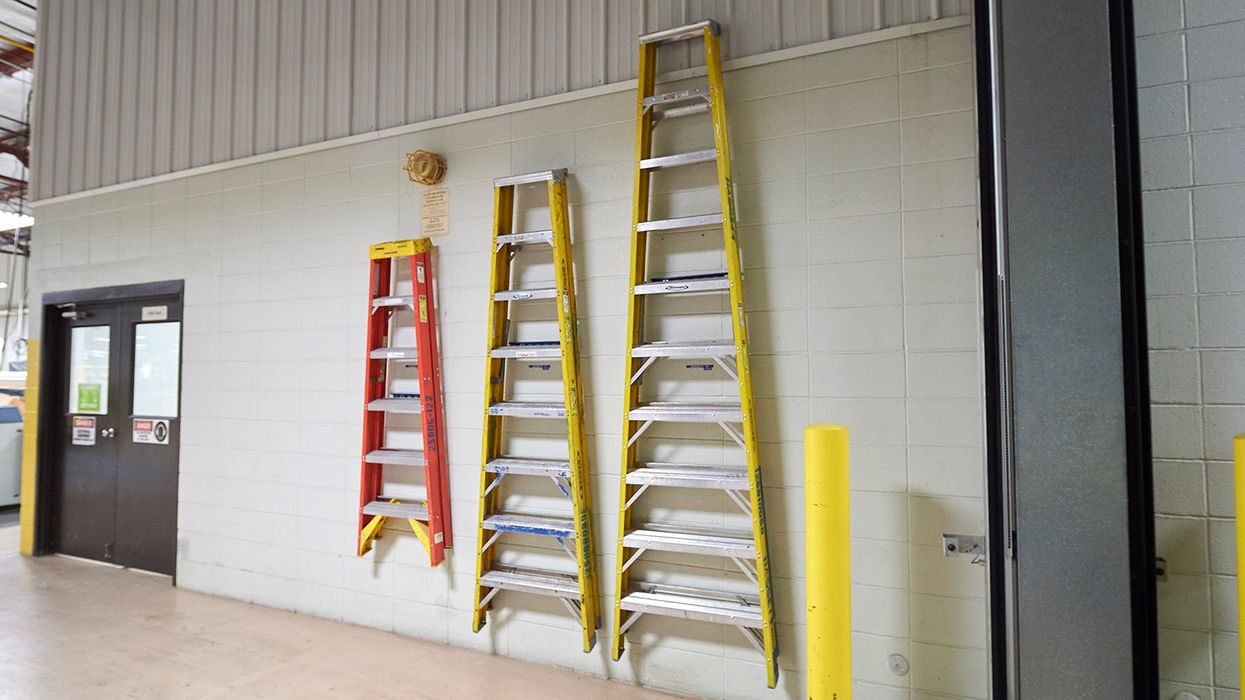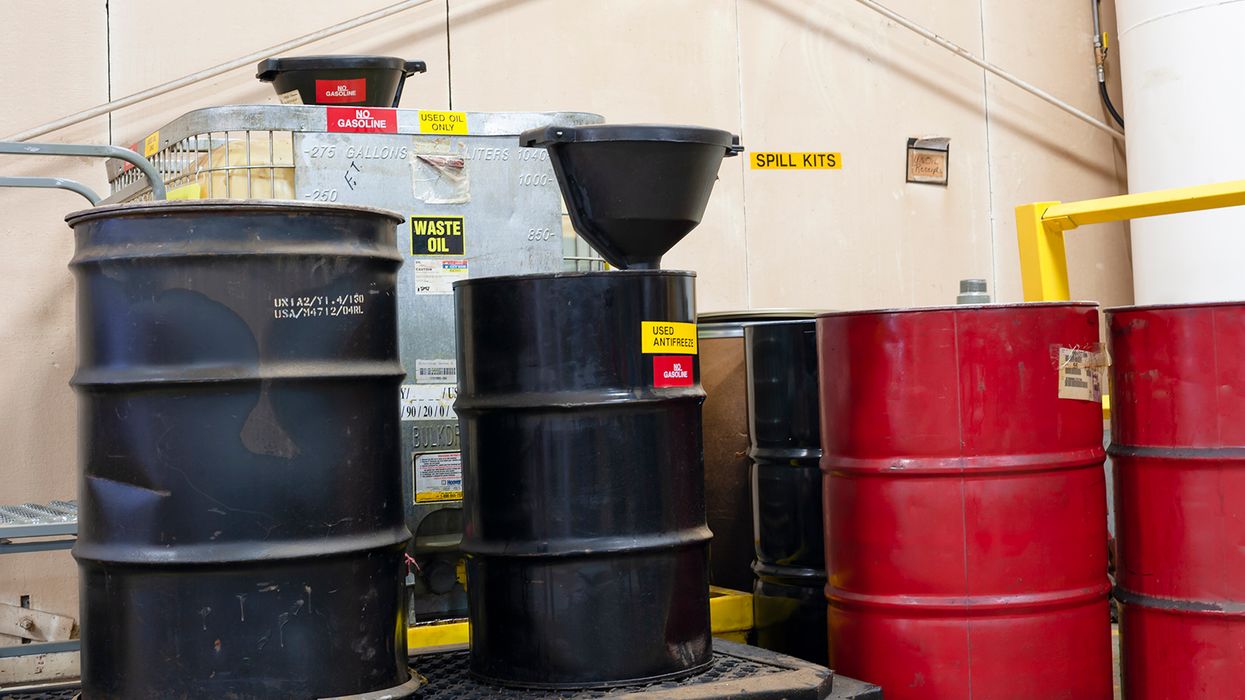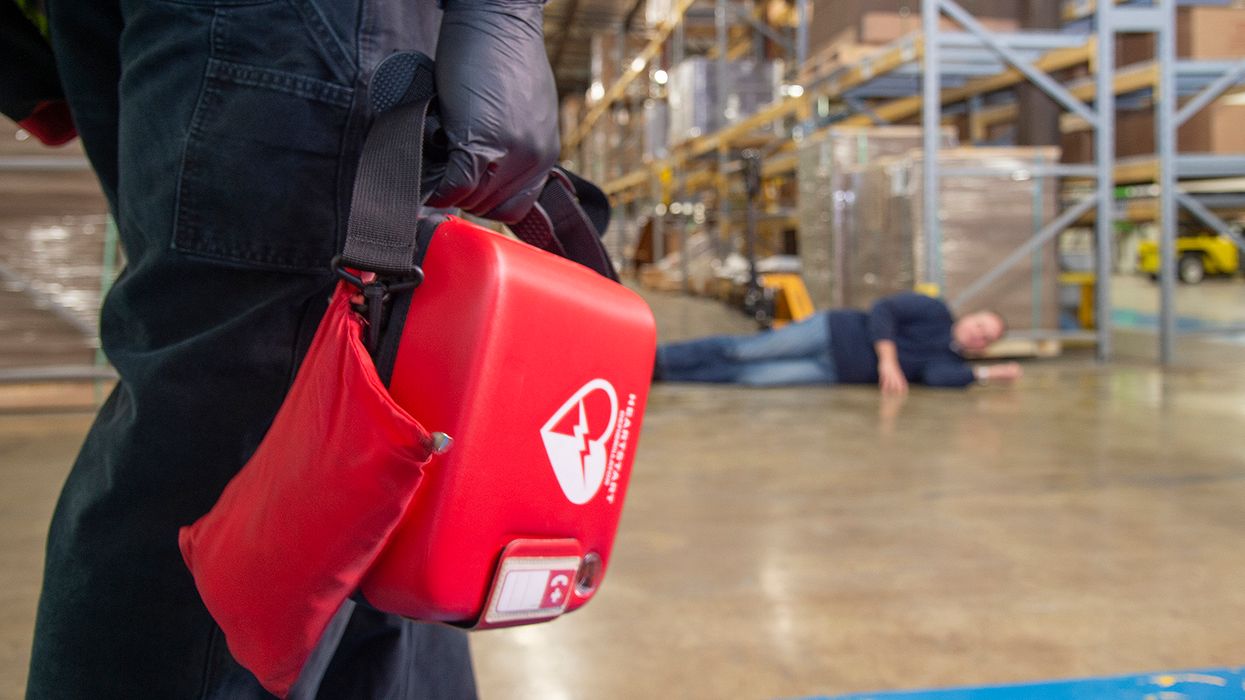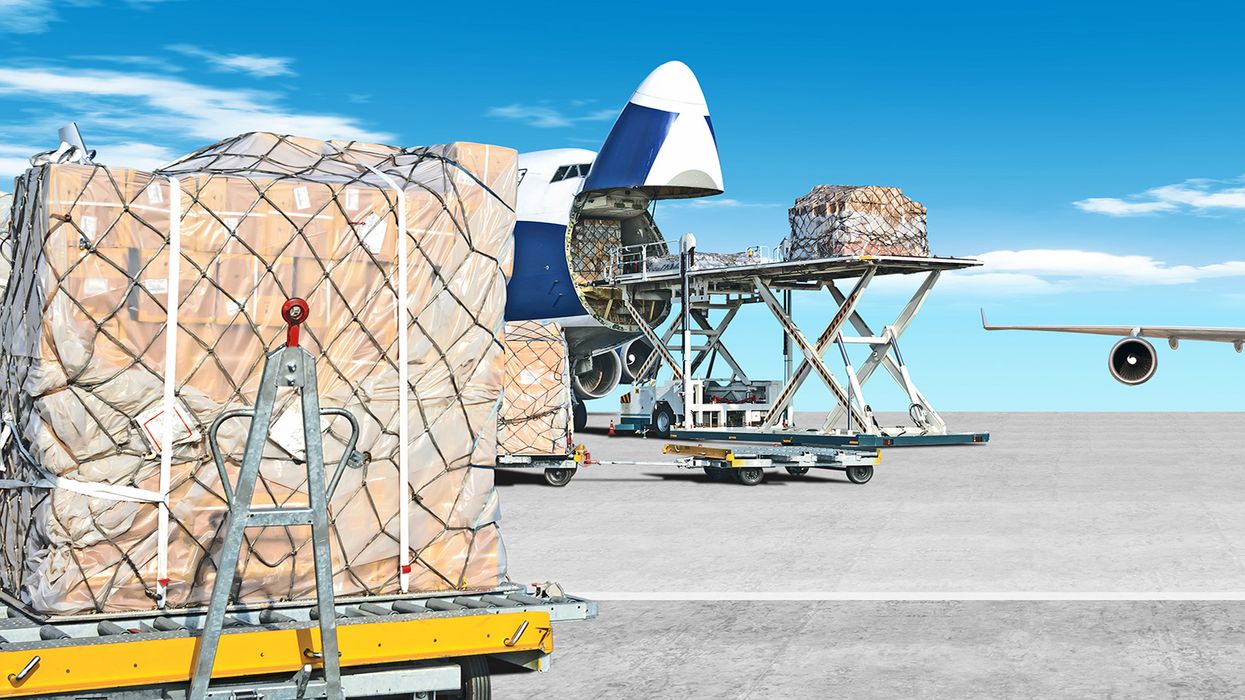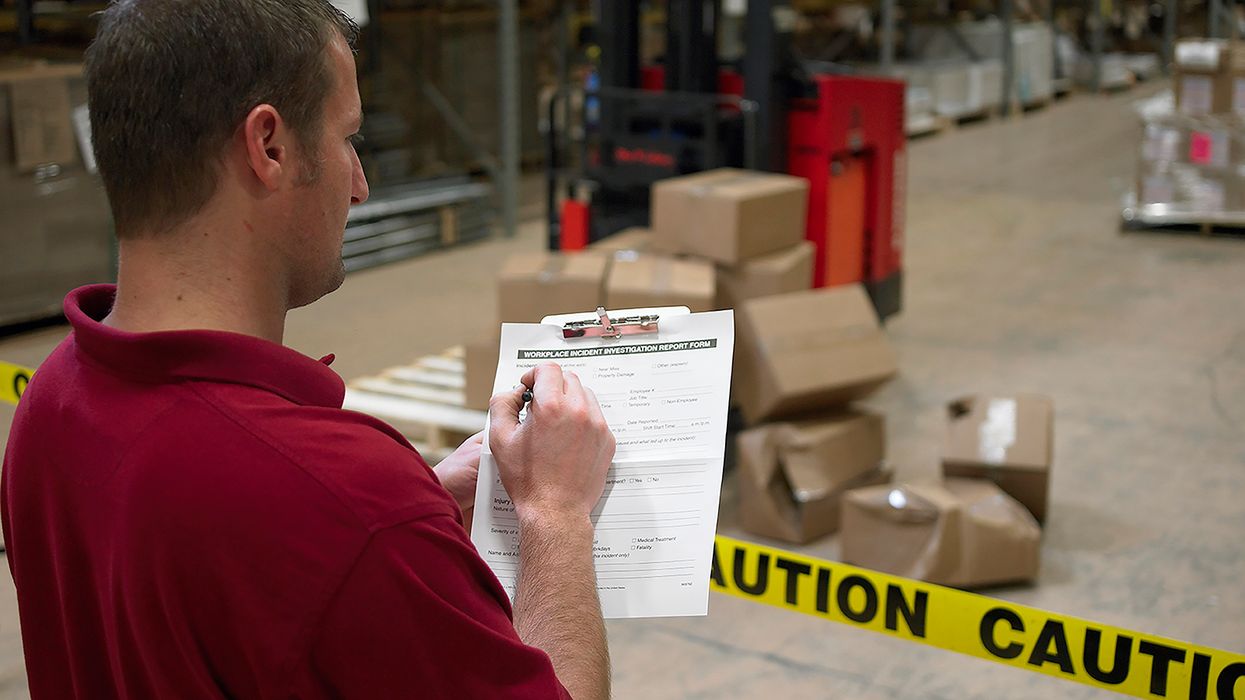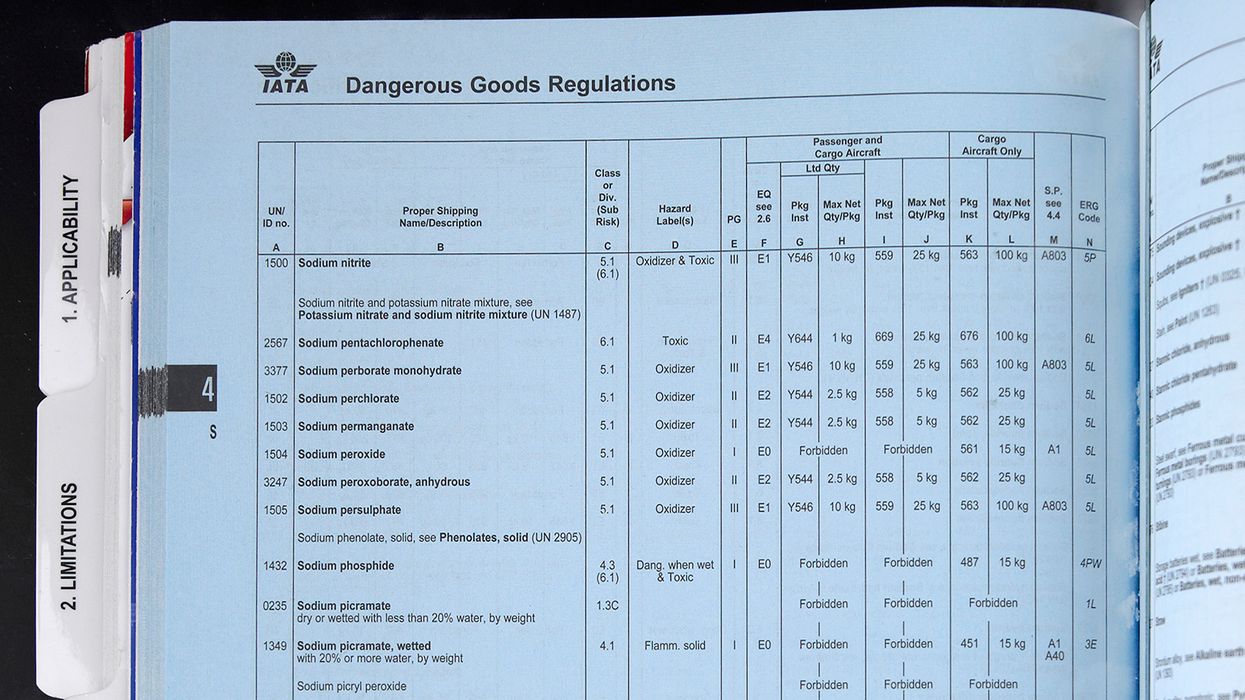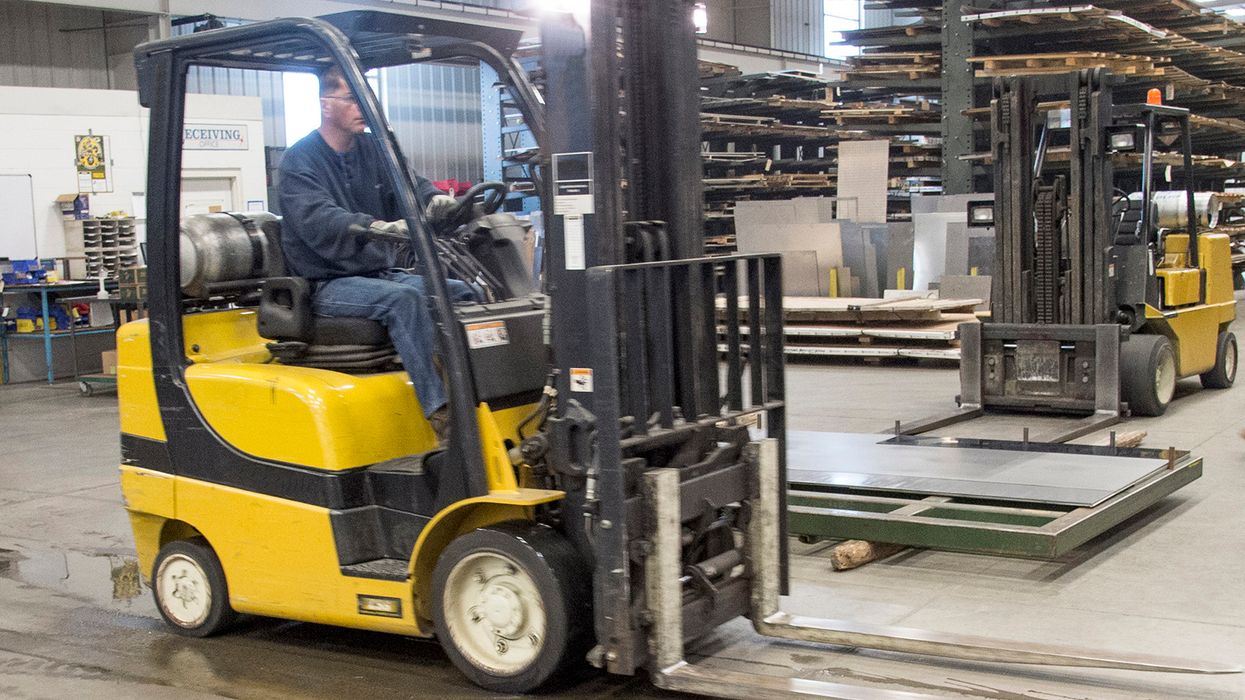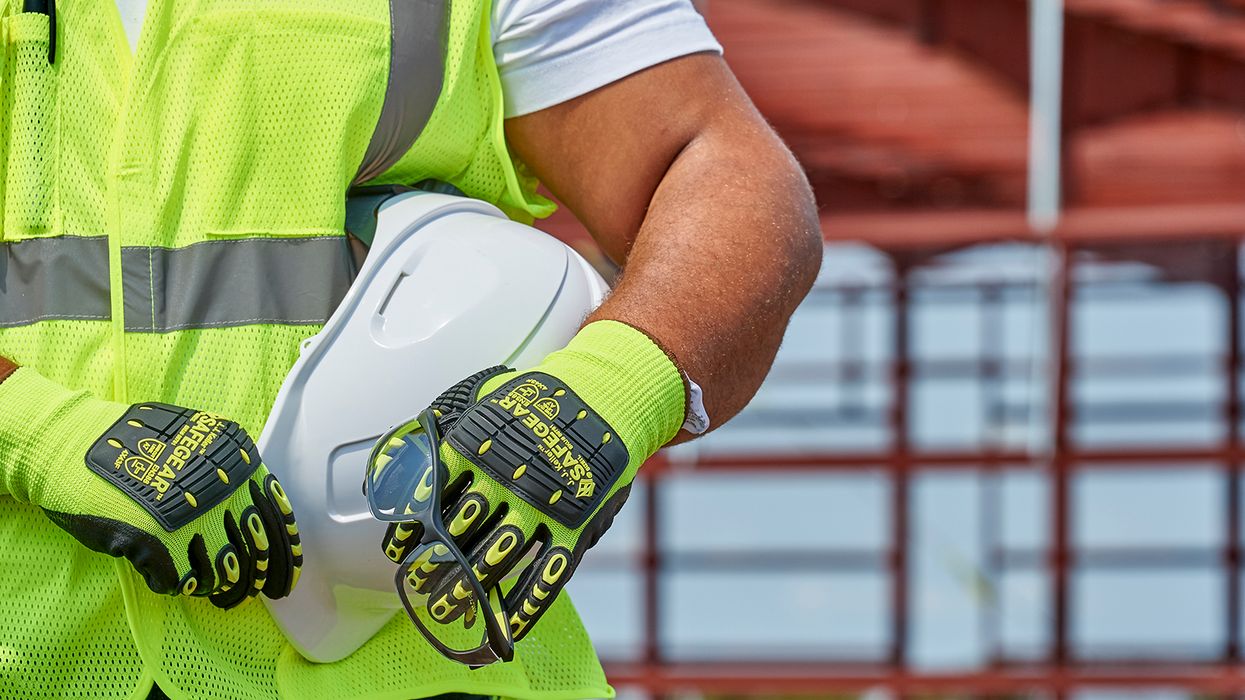Navigating Dry Ice Shipping Regulations, Is It Hazmat or Not?
Perishable products, such as food, pet food, medicines, medical specimens, or health and wellness items, are shipped or transported every day using carbon dioxide solid (dry ice). However, there seems to be a lot of confusion as to whether dry ice is considered a hazmat or not. So, should you follow the Hazardous Materials Regulations (HMR) when shipping dry ice?
The answer depends on how the dry ice will be shipped. If shipped by ground (highway or rail) dry ice is not regulated as a hazardous material. However, if dry ice is shipped by air or water, it is regulated as a hazardous material and the HMR would apply. That seems simple enough, but there are still a few catches to watch out for.
Determining compliance
If you look at the Hazardous Materials Table (HMT) under the entry “Carbon dioxide, solid or Dry Ice,” you will see the symbols A and W listed in column 1:
- A – Means the material is only regulated as a hazardous material when transported by aircraft unless it is a hazardous substance or hazardous waste.
- W – Means the material is only regulated as a hazardous material when transported by vessel unless it is a hazardous substance or hazardous waste.
The absence of the A and W from column 1 means the material would be regulated as a hazardous material by all modes of transportation.
Since column 1 lists the A and W for dry ice, that means it is regulated as a hazardous material by air and water transportation only. Shipping or transporting dry ice by highway or rail is not regulated as a hazardous material. If you are using multiple modes of transportation, such as highway and air, the dry ice would be regulated as a hazardous material because part of the process would be done through a regulated mode of transportation.
Need more information on hazmat classification? Check out this ezExplanation.
Why is dry ice regulated?
Dry ice is carbon dioxide in solid form. As dry ice warms up or thaws out, it releases carbon dioxide gas and can overwhelm ventilation systems on an aircraft and vessels, putting the crew and passengers at risk for carbon dioxide poisoning.
Undeclared shipments of dry ice
Since some modes of transportation regulate dry ice and others don’t, you sometimes run into situations when you have undeclared shipments of dry ice when using multiple modes for transportation. There are some precautions that carriers can take to identify undeclared shipments of dry ice, such as:
- Keep an eye out for product keywords that could indicate the presence of dry ice – for example: “food items,” “pet food,” “contents being cooled,” “perishable,” “frozen,” “refrigerated,” or “medical specimens”.
- Look for hazmat markings or labels on the package.
- Monitor packages for signs of vapor seeping out of cracks or open spaces.
- Packages seem abnormally cool to the touch.
Shipment requirements
When shipped by aircraft or water, dry ice must be contained in packages designed and constructed to allow the release of carbon dioxide gas to prevent a buildup of pressure that could rupture the packages. Packages should also meet the general packaging requirements of the HMR.
For shipment by vessel:
- Transport vehicles and freight containers loaded with solid carbon dioxide must be conspicuously marked on two sides “WARNING CO2 SOLID (DRY ICE).”
- Other packages containing solid carbon dioxide must be marked “CARBON DIOXIDE, SOLID—DO NOT STOW BELOW DECKS.”
For shipment by air:
- For amounts of dry ice not exceeding 2.5 kg (5.5 lbs.) in a package being used as a refrigerant for package contents, the package needs to be marked with:
- “Carbon Dioxide, solid” or “Dry Ice,”
- The name of the package contents being cooled, and
- The net weight of the dry ice or an indication that the net weight of dry ice is 2.5 kg (5.5 lbs.) or less.
- Quantities exceeding 2.5 kg (5.5 lbs.) are fully regulated and need to be marked with the ID number and proper shipping name and labeled with the Class 9 hazard warning label.
Key to remember: The mode of transportation that dry ice is shipped determines if it is regulated as a hazardous material or not. Make sure you know which mode of transportation is being used, so you can comply as required.






































